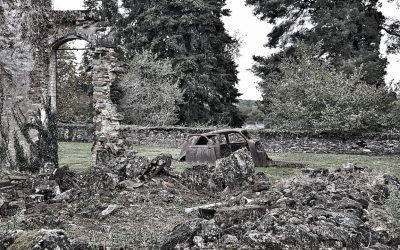Oradour-sur-Glane, an unassuming name on France’s map that looks like any other of its neighbours. Yet this innocuous village bears deep...

Stalag Luft III
Stalag Luft III
Visiting Poland in a Motorhome
Poland, we had you in our sights the minute we crossed The Channel on 23 May 2018. You were our destination for a tour that would take us...
Follow us
You can find us on social media,
different channels for different content.


